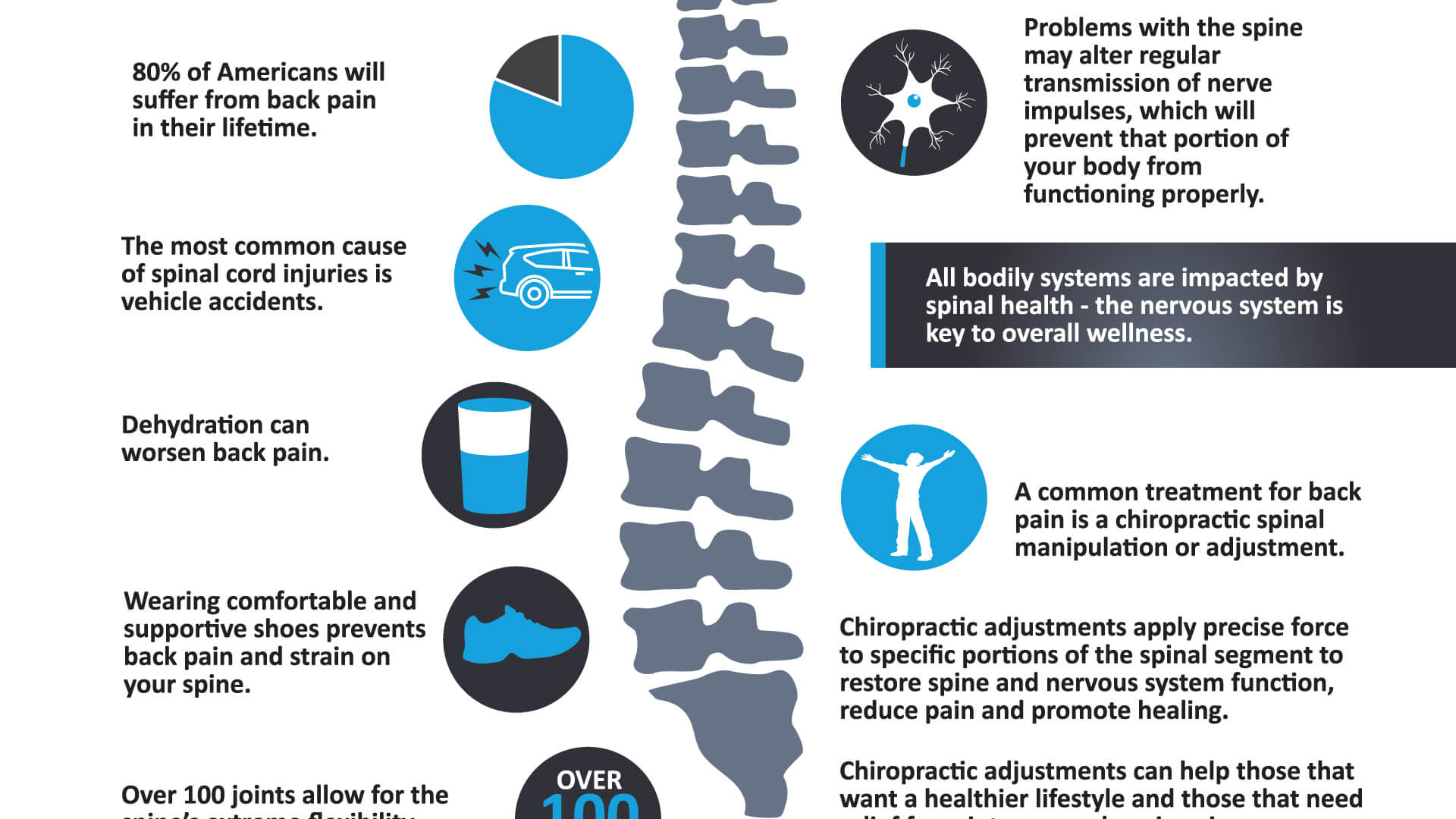Constant Tasks That Contribute To Neck And Back Pain And Ways To Stop Them
Constant Tasks That Contribute To Neck And Back Pain And Ways To Stop Them
Blog Article
https://www.news-medical.net/health/Sciatica-Treatments.aspx -Carstensen Landry
Keeping appropriate stance and preventing usual challenges in day-to-day tasks can substantially affect your back wellness. From how you rest at your workdesk to how you lift heavy objects, small changes can make a large difference. Envision a day without the nagging neck and back pain that hinders your every action; the solution might be simpler than you assume. By making a few tweaks to your everyday routines, you could be on your method to a pain-free existence.
Poor Stance and Sedentary Way Of Living
Poor posture and a less active lifestyle are 2 major factors to pain in the back. When you slouch or hunch over while resting or standing, you put unneeded strain on your back muscle mass and spine. This can lead to muscle mass imbalances, stress, and at some point, chronic pain in the back. Additionally, sitting for extended periods without breaks or exercise can compromise your back muscular tissues and result in tightness and discomfort.
To fight poor position, make an aware initiative to rest and stand right with your shoulders back and aligned with your ears. Bear in mind to keep your feet level on the ground and stay clear of crossing your legs for extended periods.
Including regular stretching and strengthening workouts into your everyday routine can additionally assist improve your stance and minimize back pain connected with an inactive way of life.
Incorrect Lifting Techniques
Inappropriate lifting techniques can dramatically add to neck and back pain and injuries. When you raise heavy things, keep in mind to flex your knees and use your legs to lift, rather than relying upon your back muscle mass. Stay clear of turning your body while training and keep the object close to your body to lower strain on your back. It's essential to preserve a straight back and stay clear of rounding your shoulders while lifting to prevent unneeded stress on your spinal column.
Always examine the weight of the item prior to raising it. If it's as well hefty, ask for aid or use tools like a dolly or cart to deliver it safely.
Keep in mind to take breaks during lifting jobs to provide your back muscular tissues an opportunity to relax and prevent overexertion. By implementing you could try these out lifting strategies, you can stop back pain and minimize the risk of injuries, guaranteeing your back stays healthy and balanced and solid for the long term.
Absence of Routine Exercise and Stretching
An inactive way of life without routine exercise and extending can dramatically contribute to neck and back pain and discomfort. When you don't take part in exercise, your muscular tissues become weak and stringent, causing inadequate pose and raised stress on your back. Normal workout aids enhance the muscle mass that support your back, improving stability and reducing the risk of neck and back pain. Including extending right into your regimen can likewise enhance adaptability, protecting against tightness and discomfort in your back muscles.
To avoid back pain triggered by an absence of workout and extending, aim for at least 30 minutes of moderate physical activity most days of the week. Include workouts that target your core muscular tissues, as a solid core can aid minimize pressure on your back.
Additionally, take breaks to stretch and relocate throughout the day, particularly if you have a desk task. Simple stretches like touching your toes or doing shoulder rolls can assist relieve stress and stop pain in the back. Focusing on normal exercise and extending can go a long way in preserving a healthy back and lowering pain.
Conclusion
So, bear in mind to stay up directly, lift with your legs, and stay active to stop back pain. By making simple changes to your everyday routines, you can avoid the pain and limitations that come with pain in the back. Take care of your spinal column and muscle mass by practicing good position, correct training techniques, and routine exercise. Your back will thanks for it!
